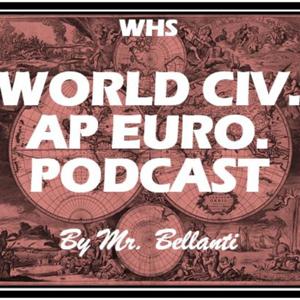Renewed Religious Struggle
1. How did religious conflict in Europe evolve over the course of the second half of the sixteenth century?
The French Wars of Religion (1562-1598)
2. What caused the civil war between the Huguenots and the Catholics in France, and what was the outcome?
3. How did politics shape the religious positions of the French leaders? What led to the Saint Bartholomew’s Day Massacre, and what did it achieve?
Imperial Spain and Philip II (r. 1556-1598)
4. How was Philip II able to dominate international politics for much of the latter half of the sixteenth century?
5. What were Philip II successes and failures?
England and Spain (1553-1603)
6. What role did Catholic and Protestant extremism play in the struggle for supremacy between England and Spain?
7. What led to the establishment of the Anglican Church in England? Why did Mary I fail? What was Elizabeth I’s settlement, and why was it difficult to impose on England? Who were Elizabeth I’s detractors, and what were their criticisms?
The Thirty Years’ War (1618-1648)
8. What toll did the Thirty Years’ War take on Germany?
9. Why was the Thirty Years’ War fought? Was politics or religion more important in determining the outcome of the war? What were the main terms of the Treaty of Westphalia in 1648?
10. Why has the Thirty Years’ War been called the outstanding example in European history of meaningless conflict? Is this true? Were the results worth the cost of the war?
11. Henry of Navarre (Henry IV of France), Elizabeth I, and William of Orange were all politiques. What does that term mean, and why does it apply to these three rulers?
---
Support this podcast: https://podcasters.spotify.com/pod/show/john-bellanti/support























